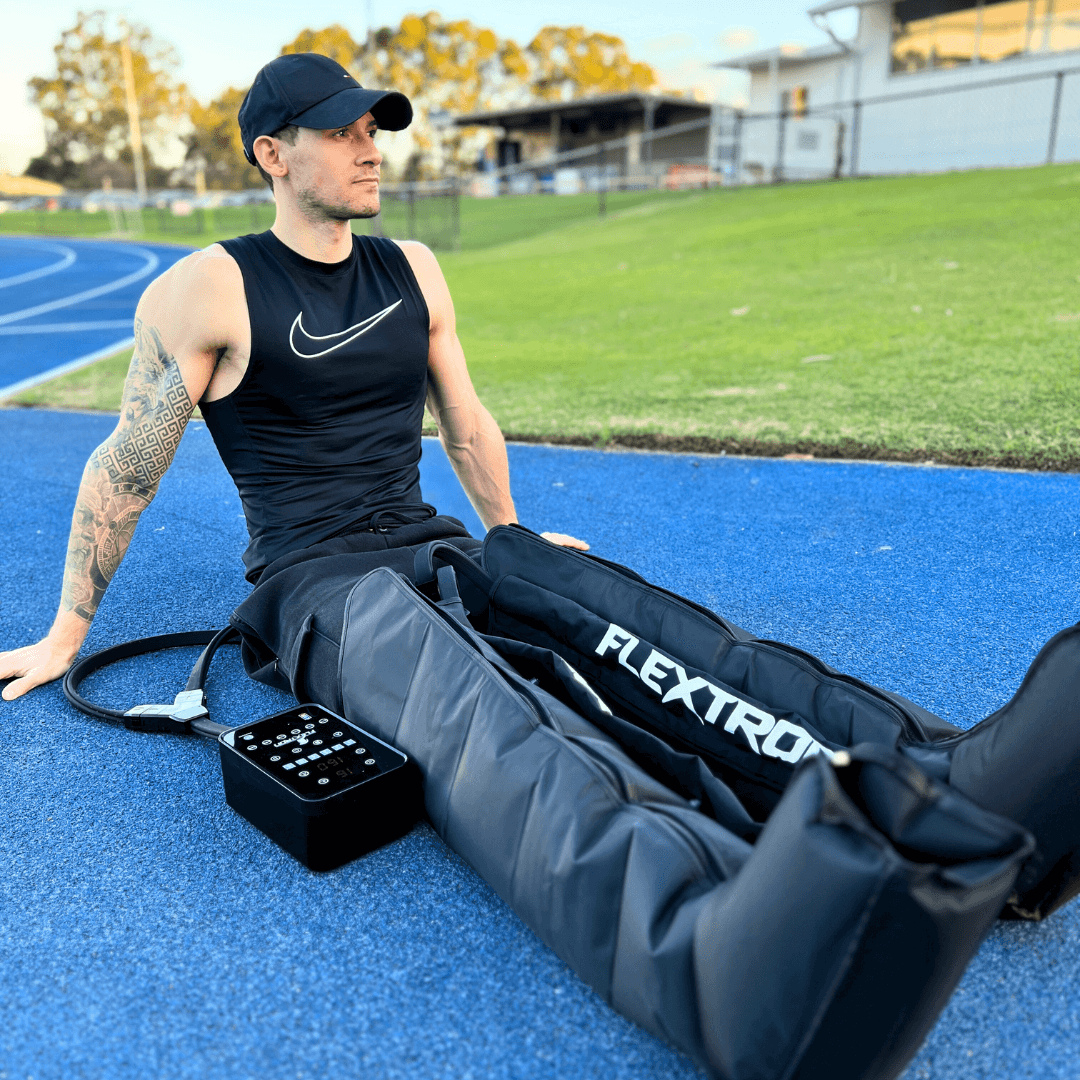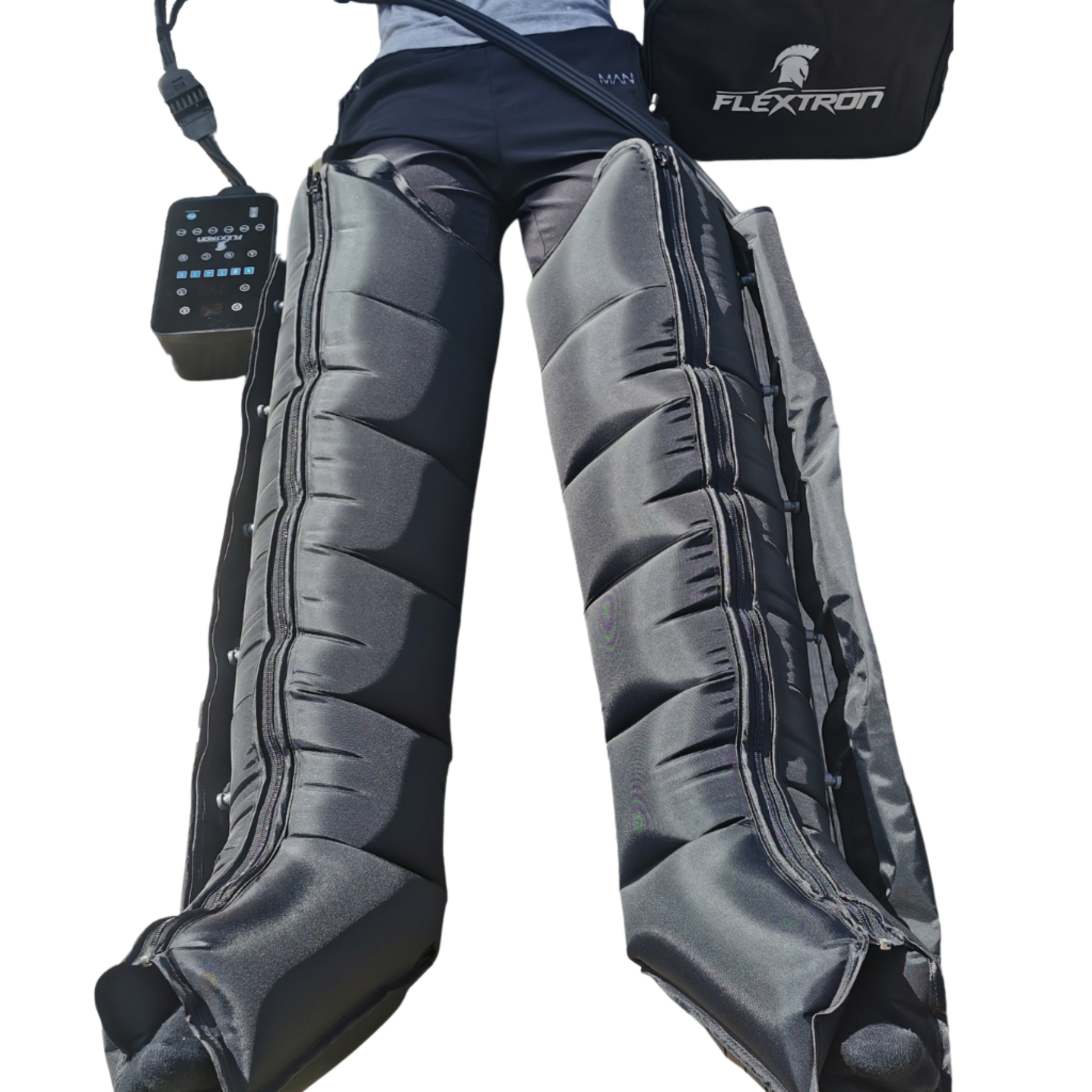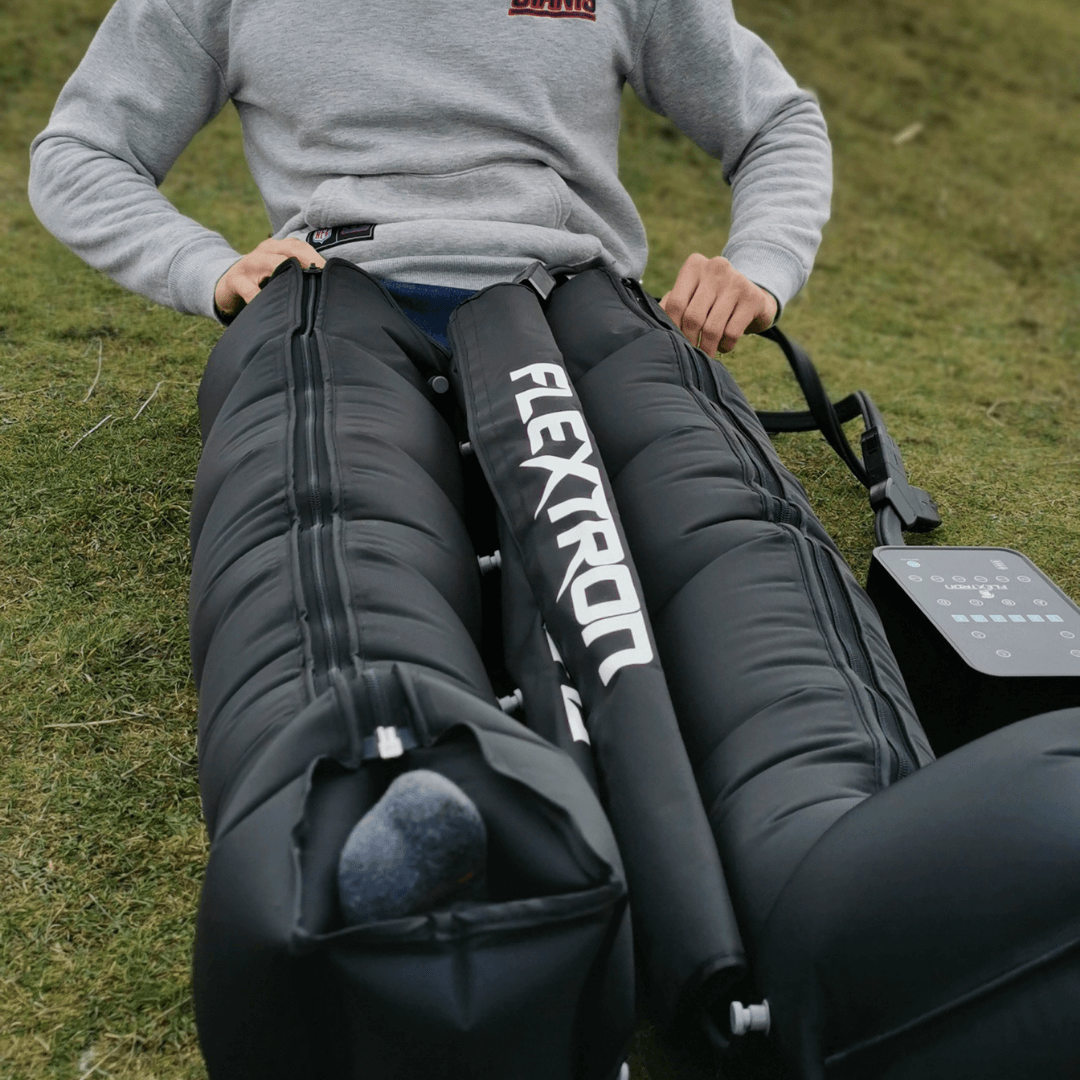Firstly, What are the symptoms of aching legs?
Your legs have carried you from the time you could walk and been there for you every step of the way, so experiencing some worn-out feeling in your legs and feet is normal.
You may experience an uncomfortable achy pain or ache in the lower legs. Some people have more serious leg aches which are painful. Other symptoms that may accompany leg aches are:
- Intermittent pain
- Pain that worsens during exercises
- Cold feeling
- Pins and needles
- Weak leg muscles
- Wounds that won’t heal
You may notice that you only have tired aching legs on occasion. Or you might have aching legs at night or your feet may only feel sore when you’ve been standing most of the day. Those are probably nothing to worry about.
But, if your legs start aching or feel tired and the discomfort affects your walking, or you begin to experience aching most of the time and it is affecting your sleep at night, it’s time to evaluate the problem.








